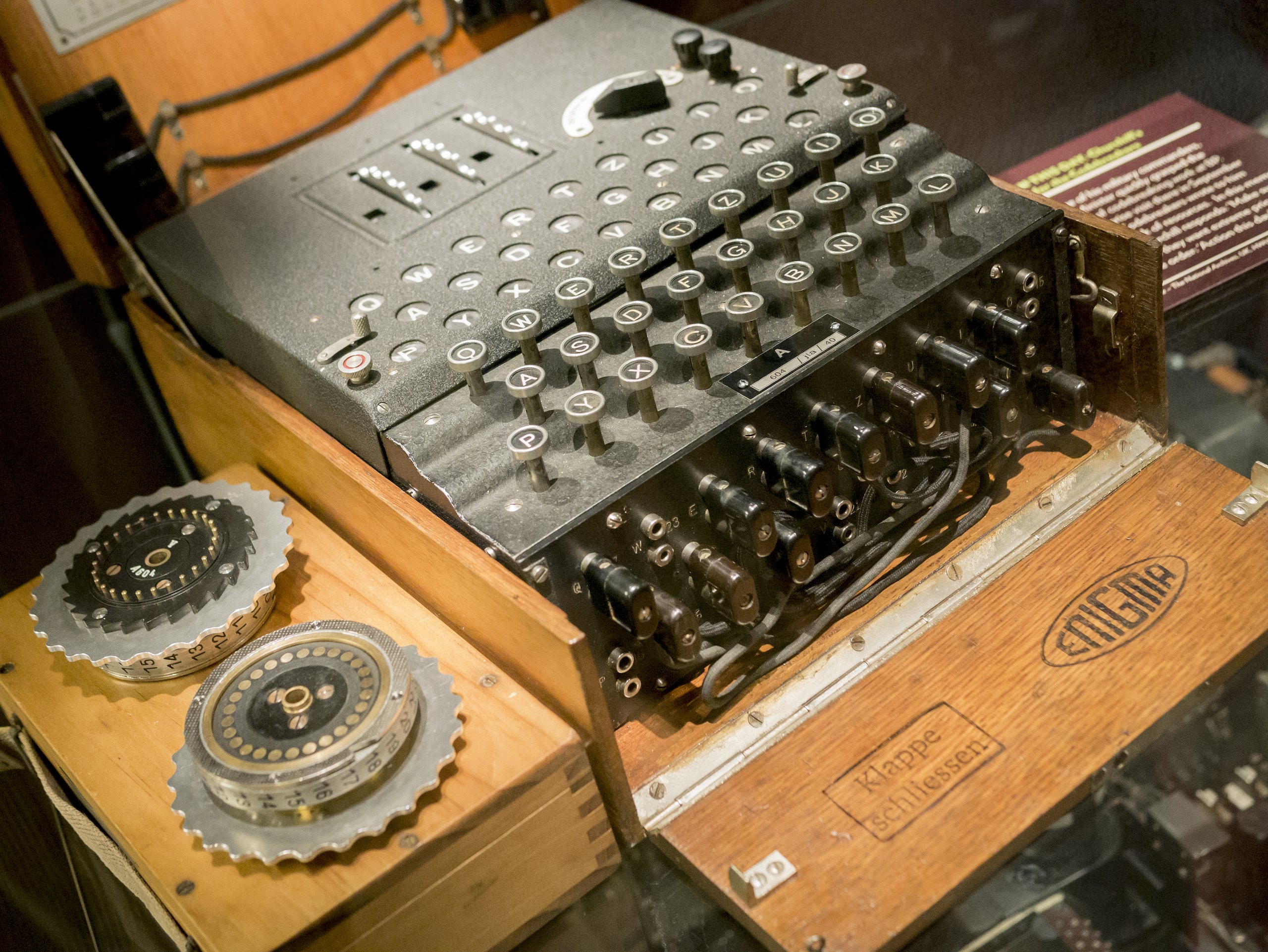
The website and various Wikipedia articles give nice general timelines. The history of the computer has been chronicled in many places. Most subsequent computers were designed to ‘solve’ problems for people. It confounded and confused people by converting plaintext letters into ciphertext letters in one of an unguessably-large 3.28×10^114 different ways. It is amusing to note that the Enigma was designed to ‘make’ problems for people. Although there is widespread disagreement about the definition of a computer, (George Ifrah, 1994, The Universal History of Computing) this paper will take the position that the Enigma was a very early form of computer and that the Enigma should take its rightful place in the history of computing in addition to its well known place in world history.ĮNIGMA Technology and the History of Computers This paper will explain the technology of the Enigma and conclude that it preceded and laid some of the foundations for modern computers.

Consequently, the Enigma itself does not appear to have been considered to be part of the history of computers. However, because of the secrecy, scarcity, and complexity of the Enigma, few people have studied its technology and operation. The complex devices developed to decipher Enigma messages are often acknowledged as being early computers and despite the lack of universal agreement on the definition of a computer, they are included in most published histories of computing. Allied deciphering of Enigma-enciphered messages revealed military secrets and helped shorten WW-II. The German Enigma cipher machine is widely recognized for its important role in world history.


DecemCopyright © 2016 by Tom Perera, Ph.D.


 0 kommentar(er)
0 kommentar(er)
